The Pirc Defence is a dynamic and flexible opening that allows Black to indirectly control the centre and set up a counterattack later on. Instead of fighting for space early on, Black invites his opponent to build up a dominant pawn structure, which he can then undermine with targeted counterattacks. Typical motifs such as the pawn advance ...c5 or ...e5, the fianchettoing of the king's bishop and complex piece manoeuvres make this opening particularly attractive for strategically minded players.
This interactive video course of over 8 hours, provides an in-depth exploration of the Pirc Defence, a favoured opening for people looking to play for the win with the black pieces.
This interactive video course of over 8 hours, provides an in-depth exploration of the Pirc Defence, a favoured opening for people looking to play for the win with the black pieces. Through a combination of key reference games and the analysis of a complete repertoire, this ChessBase Training video course helps you understand the essential themes, ideas, and resources needed to master this opening.
Free Video sample: Introduction
Free Video sample: Attacking like in the King's Indian Defence
Since the Pirc often leads to asymmetrical positions, it is particularly suitable for players who want to play not only for a draw but for a win. Black gets the opportunity to build up a creative and unpredictable game that can throw many White players off their usual preparation.
For these reasons, French grandmaster Fabien Libiszewski has made it his mission to present all aspects of the opening in a video course.
The course is divided into two main segments:
Libiszewski begins by showing instructive games in which he explains the most common structures and motifs of the Pirc Opening.
This is followed by the theory section, in which specific variations are shown that the grandmaster can recommend based on his tournament experience. The theory chapters also include practice positions so that you can train the positions in a targeted manner.
The illustrative games:
For me as a player who has never seriously studied the Pirc, the illustrative games were a very good introduction to the opening. The games directly challenged my view of the Pirc as a rather passive opening and showed me how active and aggressive the black pieces are. This can be seen, for example, in the game Mullon – Tkachiev 2012 from this free sample video.
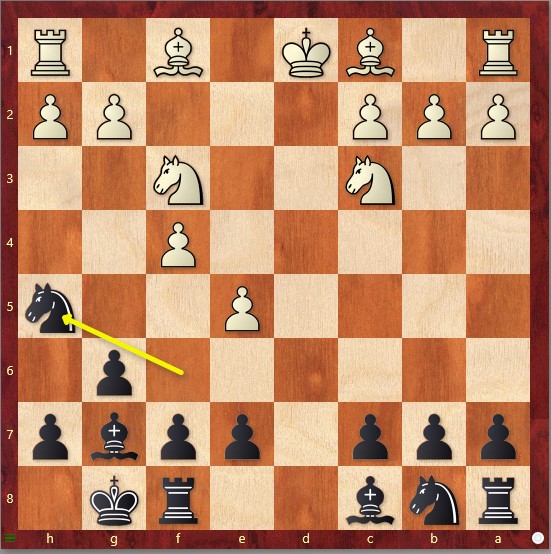
After just eight moves, the queens have been exchanged, the knight is on the edge, and the bishop on g7 is facing a dead end – it actually looks as if Black has to passively defend a worse endgame. But in the next few moves, all the black pieces come to life:
9. Ke1 Nc6 10. Be3 Bg4 11. Kf2 f6
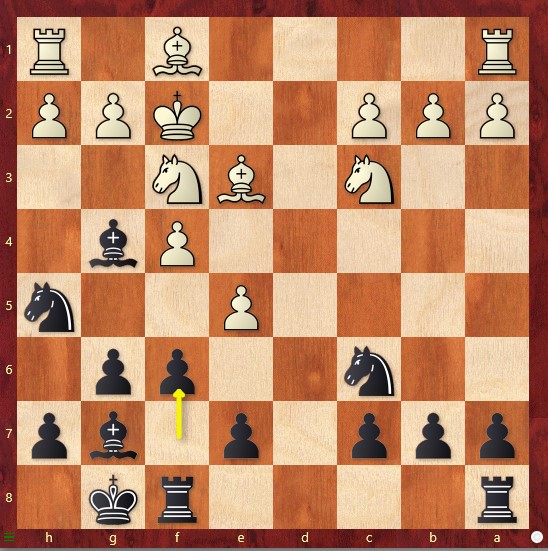
The minor pieces have been activated and the centre is under attack.
12. Bc4 Kh8 13. e6 Bh6
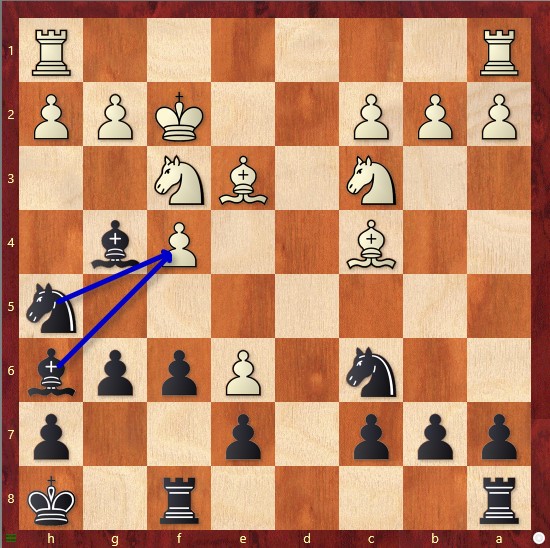
The bishop is also activated, and within just five moves, all previously passive pieces have come into play. After 14. Ne2 Nd8, Black succeeds in winning the e6 pawn.
Pirc Defence Powerbase 2025 is a database and contains a total of 10027 games from Mega 2025 or the Correspondence Database 2024; of these 874 are annotated.
The 874 selected annotated games offer outstanding material for study. Players such as Adhiban (2 annotated games), Kramnik (2), Gashimov (1), Karjakin (1) and Gelfand (4) have contributed analyses, but the lion’s share of the annotated games is down to Pirc experts Igor Stohl (145), Alexander Finkel (92) and Sergey Erenburg. There is a total of 10027 games in which the rating average is at least 2570.
The Pirc Defence Powerbook 2025 consists for a greater part of engine games (168 000), to which has been added high value material from Mega and the Correspondence Database (115 000).
For the launch of the Pirc Powerbook 2025 a minimum rating of rating 2200 was set for computer games, 2000 for human games. 115 000 games from Mega and correspondence chess crossed this threshold, to which were added roughly 168 000 from the engine room of playchess.com, making a total of 283 000 games. The Pirc Defence is considered risky from Black’s point of view, because the centre is conceded to White. On the other hand, that creates for Black a chance, because just like, e.g., in the Grünfeld Defence he can attack the white centre. Thus the Pirc Defence is well suited to playing for a win with the black pieces.
The theory section:
Now that the basic playing style is clear, Libiszewski begins the main part of the course – the theory. Here, the author provides a total of ten chapters in which he attempts to provide a convincing response to all systems White might try. Finally, there are exercises to test whether you can apply what you have learned.
For me, these variants meet the four most important criteria:
- They require relatively little learning.
- They are often relatively unknown and can therefore surprise your opponent.
- They are always active and provide opportunities for both sides.
- They are computer-assisted, but still understandable for humans.
These characteristics can be seen in the following variation:
1. e4 d6 2. d4 Nf6 3. Nc3 g6 4. Bg5
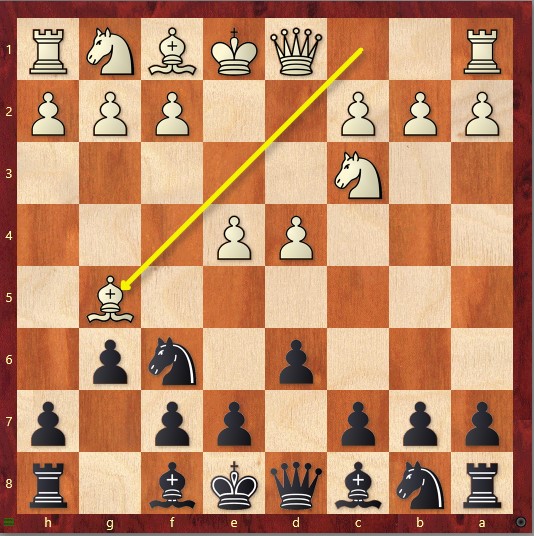
White plays a very sharp system with the aim of launching an attack with Qd2, 0-0-0, h4, h5 and Bh6 on the black king if he castles. However, the author's recommendation deviates directly from the main variation and does not allow White to attack the king, because the black king should remain in the centre!
4…c6 5. Qd2 Nbd7 6. f4 d5!

Before White can castle, Black is already starting to attack the centre!
7. e5 Ne4! 8. Nxe4 dxe4 9. Qe3?
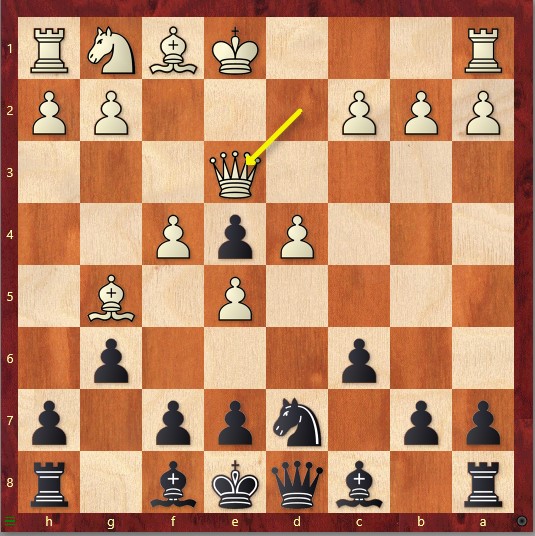
White wins a pawn – but at what cost?
9…f6 10. exf6 exf6 11. Qxe4+ Kf7 12. Bh4 Bb4+ 13. Kf2 Re8 14. Qd3 Bd6 15. g3 Nb6∓
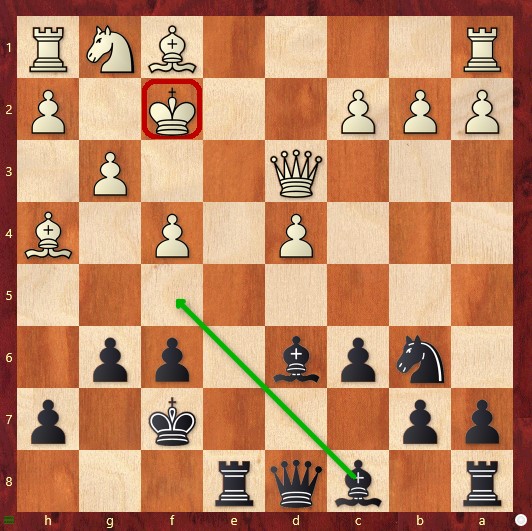
After a few more moves, Black has an enormous development advantage and more than enough compensation.
A detailed explanation of this variation can be found in this video on the Bg5 variation (main line).
With the help of GM Luis Engel you'll discover how to secure an advantage for White against the Pirc (1...d6) and Modern Defence (1...g6).
Ready to dominate your opponents from move one? Discover the power-packed strategies to seize control against 1…d6 (Pirc) or 1…g6 (Modern) with GM Luis Engel's dynamic 60 Minutes course! With his aggressive setup for White, you'll command the game and claim the advantage right from the start. Don't delay - elevate your play and start racking up victories with 1.e4!
Conclusion:
Grandmaster Fabien Libiszewski's video course offers an in-depth and practical introduction to the Pirc Defence. The instructive example games are particularly well done, showing the possibilities that lie in the opening. The theory section provides well-structured and practical variations that can be easily integrated into your own repertoire. Even though there are some variations in which White gains an advantage according to the computer, the positions are always fun to play. The course impresses with its didactic clarity and high quality. Recommended for players of all levels!
About Fabien Libiszewski

Fabien Libiszewski was born on 5 January 1984 in St. Etienne (France). He has been a GM since 2009. His highest Elo rating was 2547. While Fabien continues to play actively, he now also has solid experience as a coach, particularly as captain of the French mixed team. With the production of Fritztrainer, he is adding a new dimension to his work.
.jpeg)






























